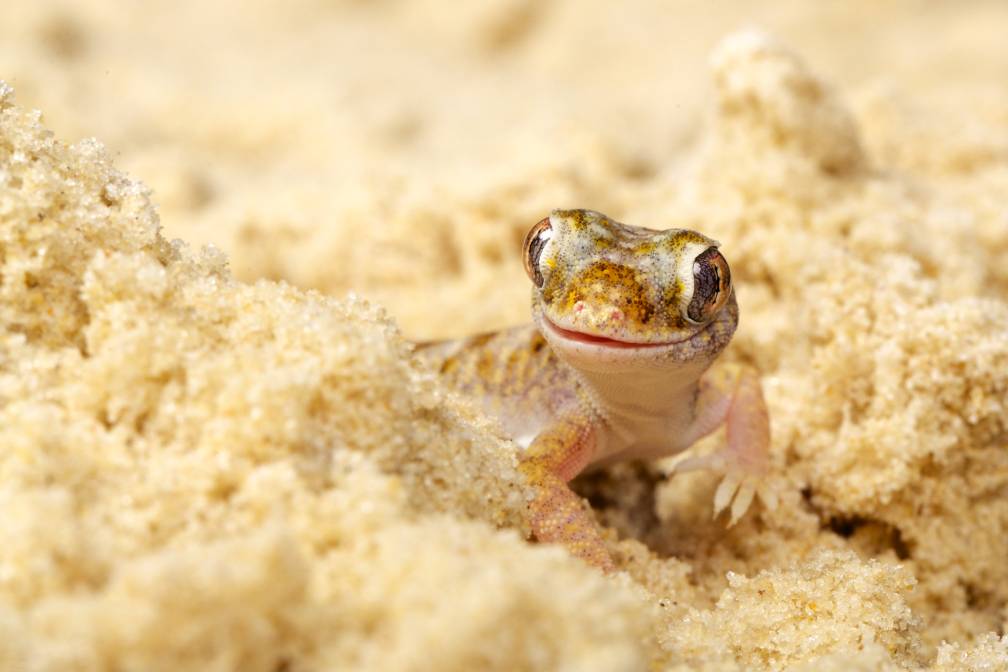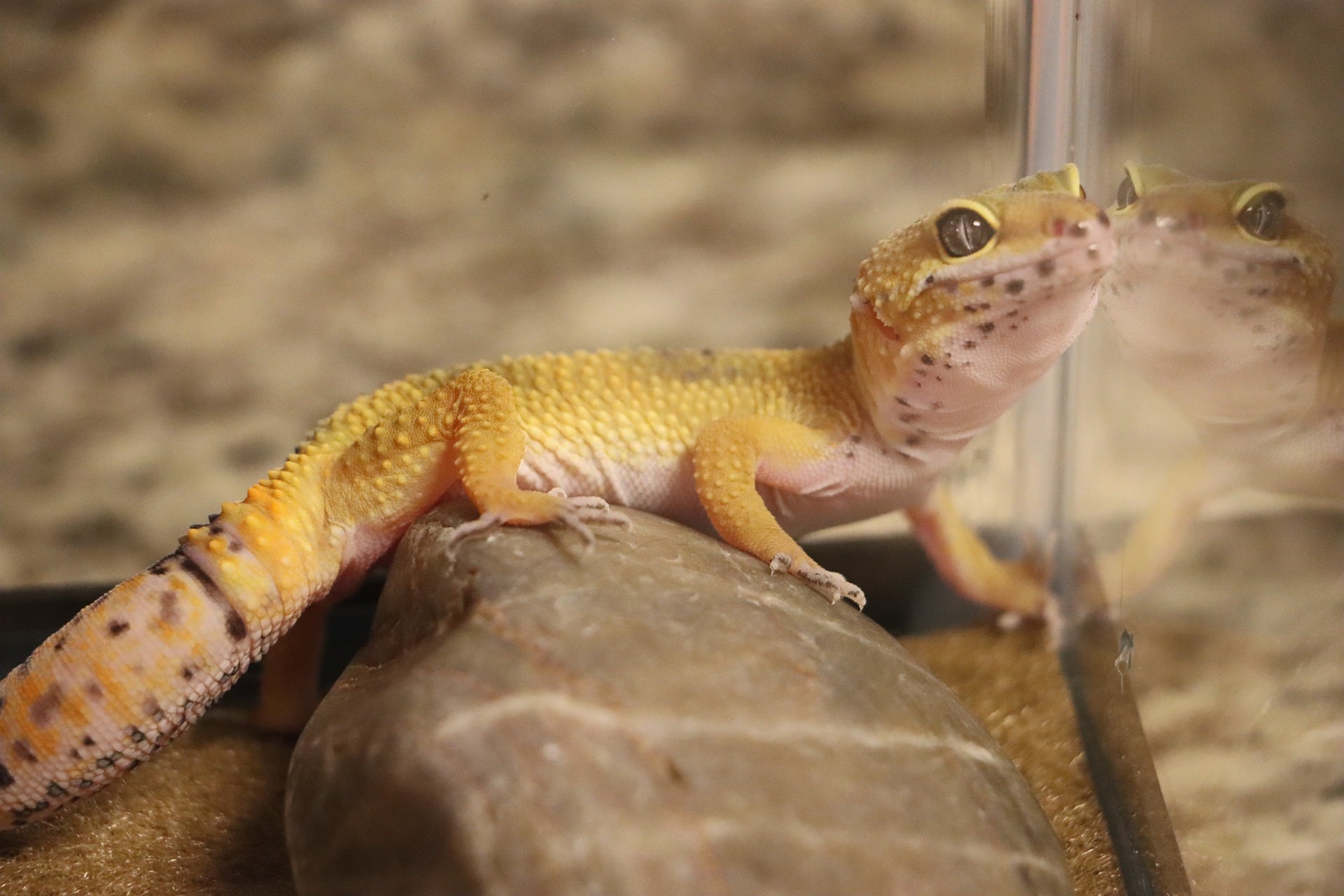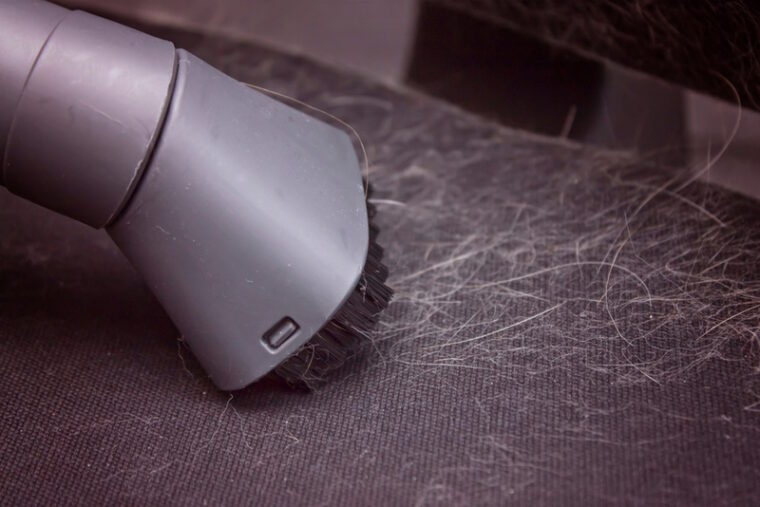
Pet hair gets everywhere. It isn’t uncommon for pet hair to cover your couch and just about everything else. Removing this hair can seem impossible, especially if you have multiple pets. In this article, we’ll help you remove pet hair as painlessly as possible from your couch and other furniture.
Some of these steps may work better for some pets than others. All pets have different types of hair, which will affect how easy it is to remove it.
The 10 Ways How to Remove Pet Hair from a Couch
1. Prevention Is the Best Medicine

When it comes to removing pet hair from your couch, prevention will be the most effective. This includes brushing your pet regularly and taking them to a groomer if necessary. Some pets will need to be groomed more than others. If your pet is leaving massive amounts of hair around the house, then they may need to be groomed more.
Some pets will need to be groomed more during specific periods. Most dogs and cats go through a shedding season when they will lose more hair than they would at other times. During these periods, it is essential to brush them more than you would otherwise.
Be sure you’re grooming your pet correctly as well. Some types of fur or hair need a slicker brush, while others need a shedding brush. Be sure to check specific grooming information aimed at your pet’s breed.
2. Use a Vacuum
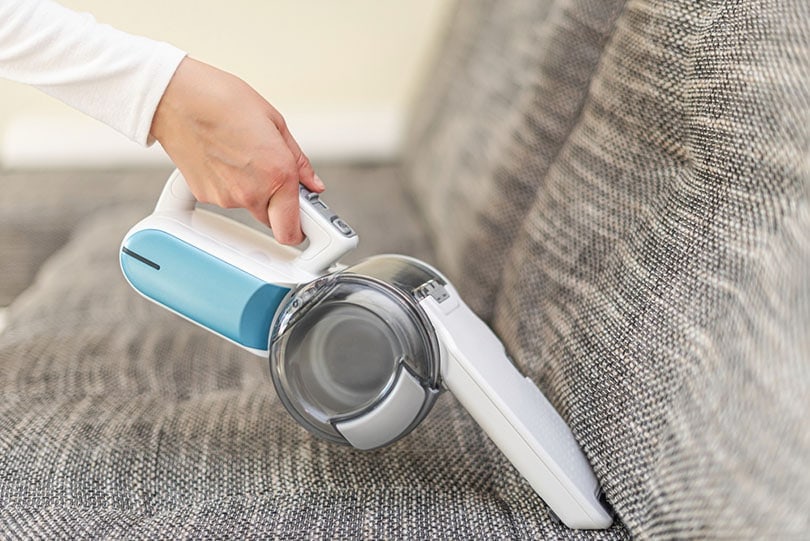
One of the most common ways to remove pet hair from a couch is through the use of a vacuum. Some vacuums are better at this than others. Many brands have pet hair-specific vacuums, which can easily remove pet hair of all sorts from the couch. Most have a brush attachment specifically for couches. Be sure to equip it for the most immense hair-fighting capabilities.
Go over the sofa twice in different directions to remove as much pet hair as possible. Hair will probably stick to the brush’s bristles, which you will need to loosen with your fingers to remove it correctly.
3. Use the Washing Machine

The easiest way to remove pet hair is through your washing machine. This only works if you can remove the cushion covers on your couch. However, if you can do it, you’ll save yourself plenty of work by merely throwing them into the washing machine. Be sure to follow the directions on your cushion covers as well.
Usually, you will need to hang the cushion covers up to dry – not place them in the dryer – but check the instructions. Make sure to clean the lint trap thoroughly when you’re done, as it will likely catch lots of pet hair.
4. Use a Rubber Glove

There are some rubber glove tools out there that are designed to remove pet hair. In these cases, you may be able to clean your whole couch with one inexpensive glove. These rubber gloves need to be dampened with clean water before they can be used. Then you rub your gloved-hand over the couch as you catch all the hair. Rinse the glove with clean water as it fills up with hair – but be careful not to clog up your sink, which sometimes happens!
These tools are inexpensive and quite effective by most standards. They aren’t going to get every last piece of hair, but they’re extremely low effort and fast to use.
5. Use Fabric Softener
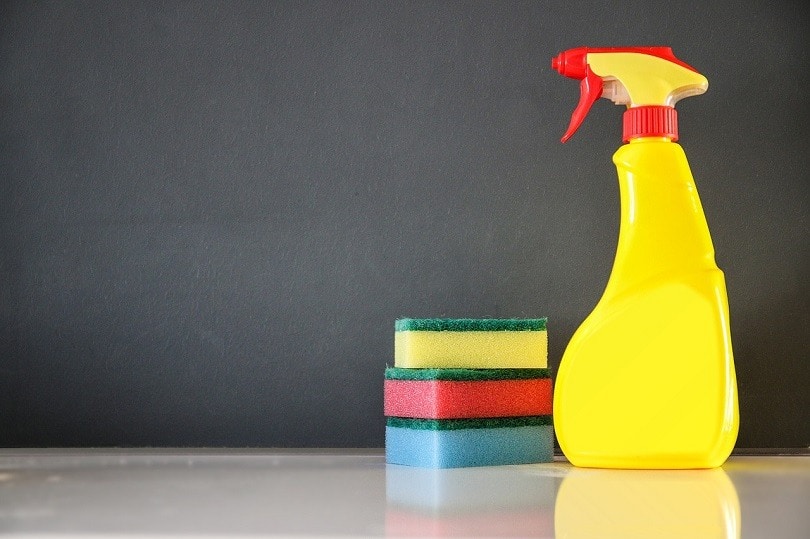
Surprisingly, fabric softener is another easy-to-use tool for removing pet hair. Both liquid fabric softener and dryer sheets work to remove hair.
To use a liquid fabric softener, mix equal parts fabric softener with water in a spray bottle. Shake the mixture and then lightly spray it onto your couch. Use a dedicated cloth to remove the loosened pet hair.
If you have dryer sheets, you can rub them on the couch to remove the hair. When one dryer sheet fills up, you will need to discard it. This makes this method a bit more expensive than others since the sheets can’t be reused. However, with the price of dryer sheets being so low, you likely won’t be spending that much either way.
6. Furniture Polish
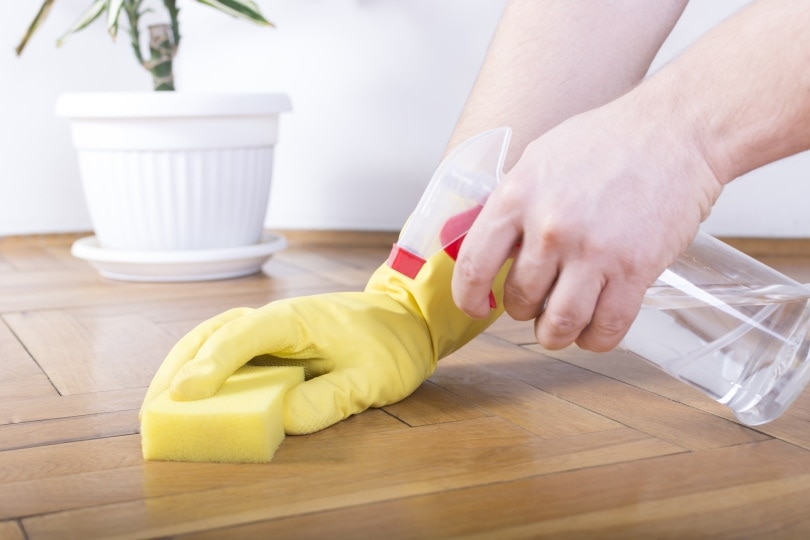
If pet hair has stuck to the wooden areas of your couch, you can wipe it away with furniture polish to remove it. Furniture polish reduces static electricity, effectively removing the pet hair that has “attached” itself to the wood. Spray the affected surface and wipe away the polish with a soft cloth.
This will only need to be done about once a month, as the polish is useful for a decent amount of time. You cannot do this with laminate or fake wood, though. For that, you can use plain water.
7. Lint Roller
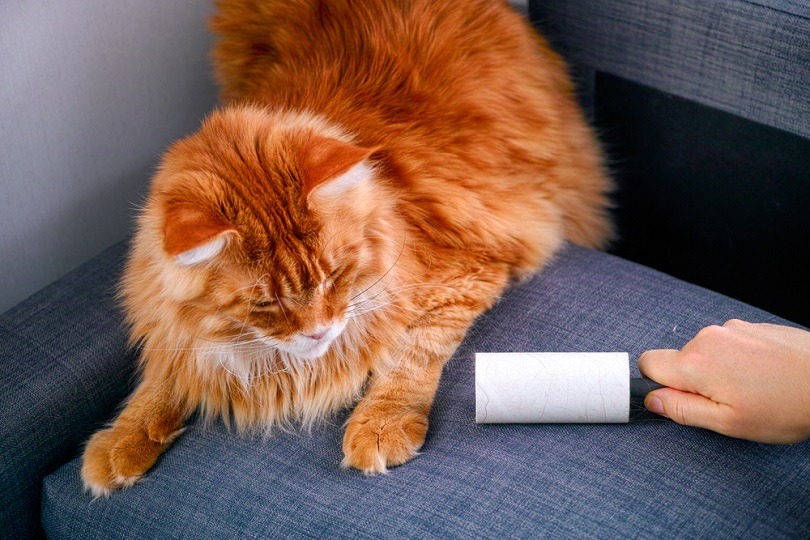
This is probably one of the more common ways to remove pet hair from a couch. Lint rollers are handheld objects that are covered with tape on one end. This tape sticks to fur and everything else, removing it from the couch. When the piece gets full, you can unroll it and detach it to reveal a fresh piece. It is popular and effective.
However, these objects are quite large, so they have trouble getting into small spaces. It can be difficult to clean the creases in your couch, i.e., where the backing meats the seats.
Alternatively, you can use any tape to remove the fur. However, this usually takes more time than it is worth. Instead, we recommend using another method before you break out the duct tape.
8. Damp Sponge

Lots of pet hair likes to stick to damp things, so you can often clean hair off a couch with a simple damp sponge. The key to this method is to remove as much water from the damp sponge as possible so you don’t get your whole couch soaked. Then, wipe the damp sponge across your sofa, making sure to go in multiple directions to get all that mainly stuck hair.
This is the most straightforward method, but it also doesn’t work the best and tends to have plenty of downsides – like getting your couch wet. It does work in a pinch, though.
9. Pumice Stone

Another way to quickly remove pet hair from your house is to use a pumice stone. Pumice stones are a particular type of volcanic rock with a rough texture, allowing it to grab a lot of pet hair. This is a pretty simple method, though most people do not have pumice stones lying around their house. You will need to be careful if your couch is cloth as well since this method can cause rips and tears to form on the couch.
As you collect hair with the pumice stone, you will need to detangle it and throw it into the trash manually. This can be a pain, as it is easy to poke your fingers on the pointy stone.
10. Squeegee

Squeegees are commonly used to clean windows. However, they can also make quick work of any pet hair that’s stuck to your couch. Run a squeegee over your couch like you would a window. It should pull up the pet hair and bring it with it – usually in small balls that can quite easily clean up. Use your hands to remove the clumps of hair from the couch and discard them.
Squeegees are cheap and useful tools, which makes them one of the better options. Plus, you can use them to clean a variety of things. They can be one of the most versatile tools that you have.
We hope that this guide helps you remove dog and cat hair from your couch!
Related Reads:
- 12 Easy Ways to Remove Pet Hair from Your Clothes
- 10 Easy Ways to Remove Pet Hair From Laundry
- 12 Easy Ways to Remove Pet Hair From Your Car
Featured Image Credit: LeDarArt, Shutterstock

